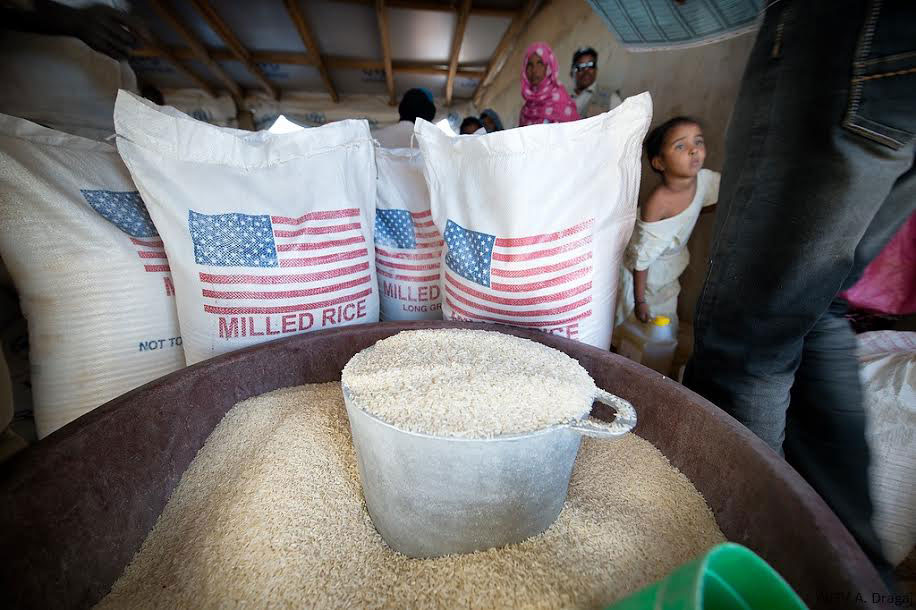 U.S. rice is integral part of life-saving food assistance around the globe
U.S. rice is integral part of life-saving food assistance around the globe
Apr 19, 2024
WASHINGTON, DC – Yesterday, the U.S. Department of Agriculture (USDA) and the U.S. Agency for International Development (USAID) outlined further details for the planned $1 billion in food aid commodity purchases originally announced by Secretary of Agriculture Tom Vilsack in October 2023. Together, Secretary Vilsack and USAID Administrator Samantha Power announced their agencies will begin using the $1 billion in Commodity Credit Corporation (CCC) funding to purchase, ship, and distribute U.S.-grown commodities.
The $1 billion will primarily be used for the purchase, shipment, and distribution of U.S. commodities that align with traditional USAID international food assistance programming. The two agencies will work in tandem to distribute an initial tranche of nearly $950 million in U.S. grown commodities. USDA will purchase the commodities such as rice, wheat, lentils, and peas, and will then transfer them to USAID for distribution to those in need around the world.
USAID estimates that nearly 205 million people around the globe are in need of life-saving food assistance, and they have selected 18 countries to support with this critical emergency food aid, including Bangladesh, Burkina Faso, Ethiopia, Madagascar, Nigeria, and Tanzania.
A separate pilot project will use up to $50 million to purchase and distribute U.S. commodities that have not traditionally been used in international food assistance programs, but are nonetheless suitable for supporting food insecure nations and populations given their shelf-stability. More details on this project will be released at a later date.
“The U.S. rice industry has a long history of participating in USDA and USAID international food assistance programs,” said USA Rice food aid consultant Stephanie Grunenfelder. “Fortified and regular milled rice are used for school feeding, monetization, and emergency feeding programs implemented by both agencies, and the industry looks forward to supporting this critical new initiative.”